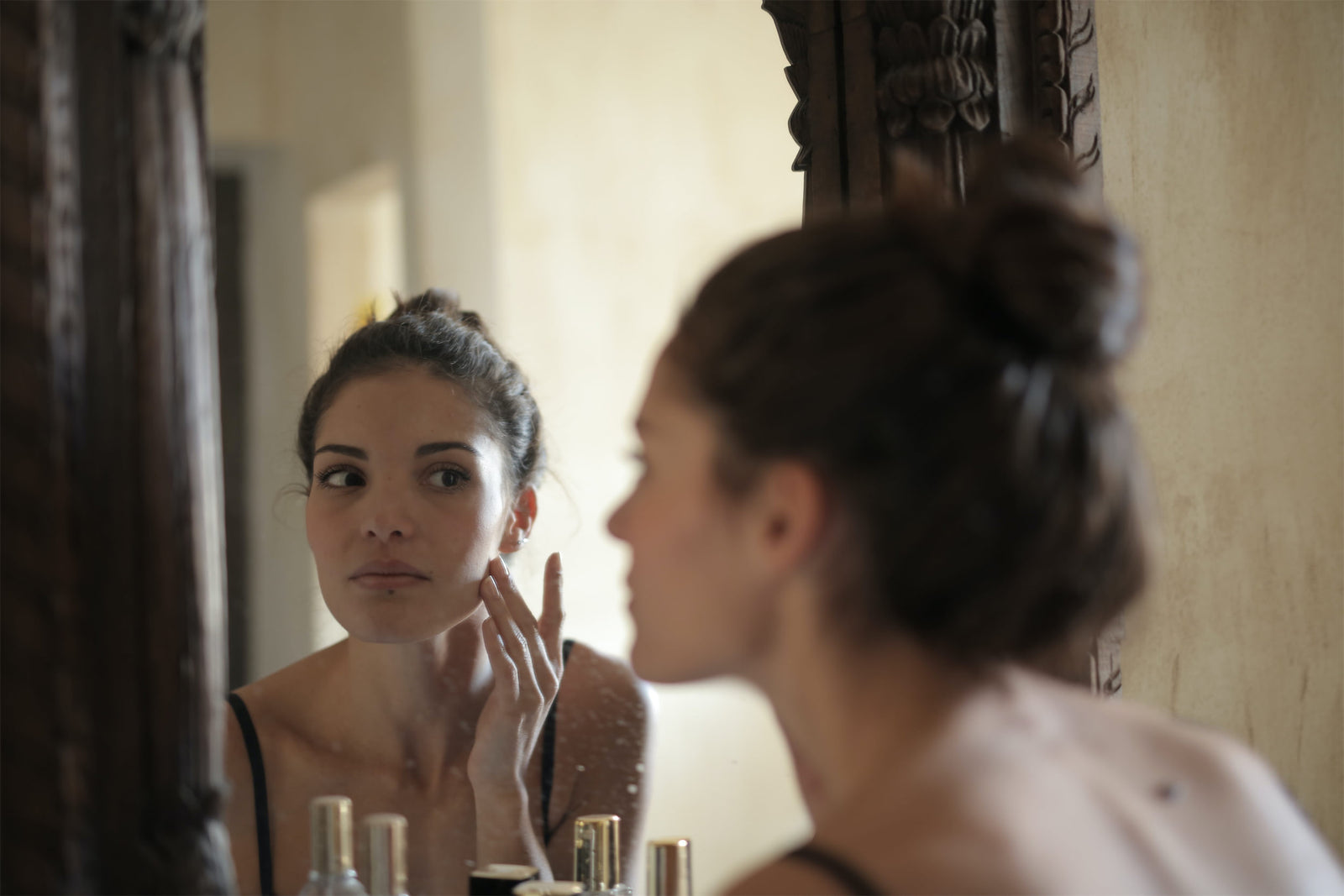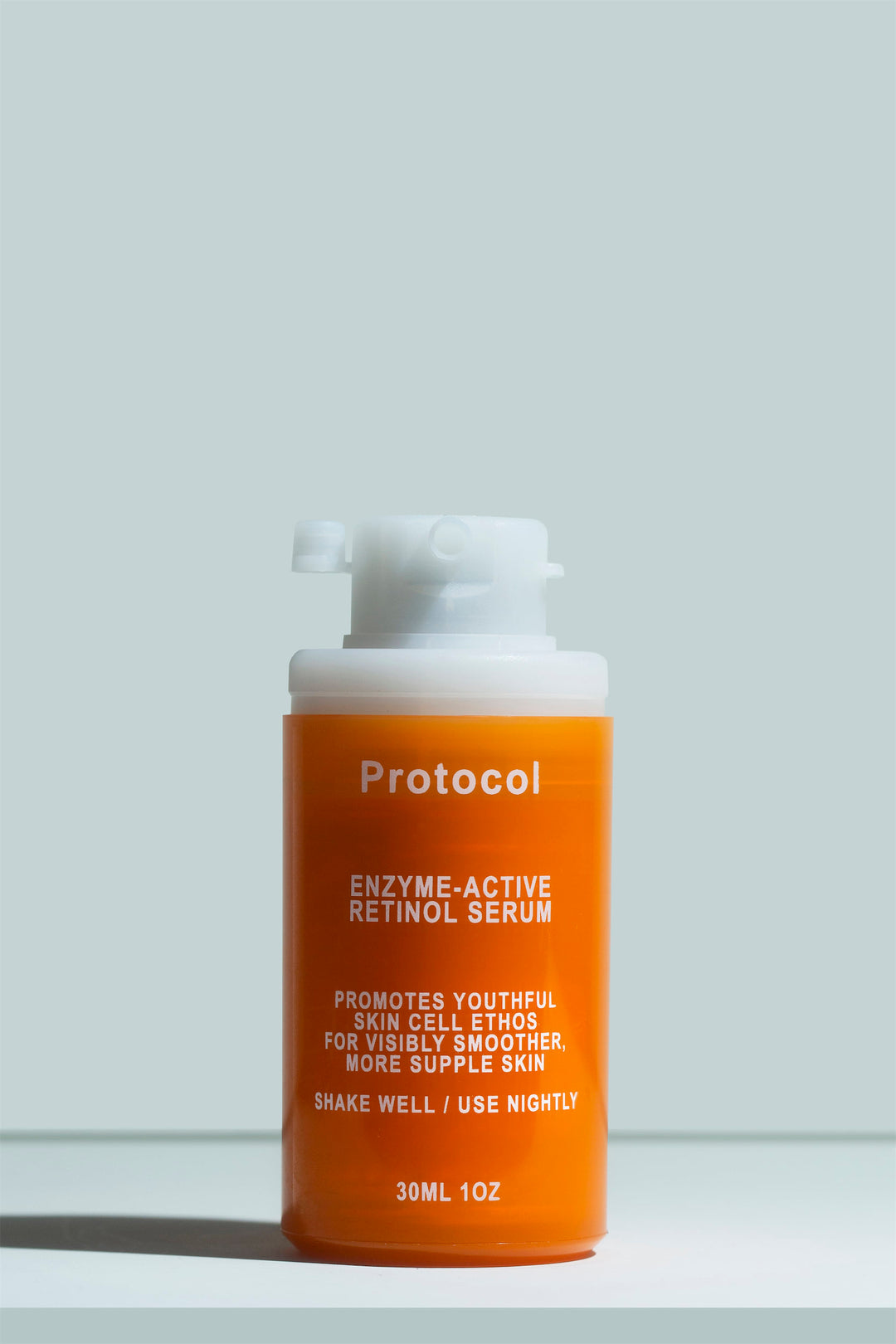How to Tell If Retinol Is Working for You


Retinol makes big promises, usually as a treatment for wrinkles and fine lines. It’s often recommended for other concerns, like breakouts or dark spots. But how can you tell if retinol is really working for you?
When you invest your money in a skincare product, of course you want to know that it’s working - especially when that product is supposed to radically transform your skin. In this post, we’ll explain what kind of effects to expect from your retinol, and when they should show up. We wove that information into a clear timeline, with all of the the key signs that your retinol is working.
And what if your retinol isn’t working like it should? Don’t worry - we have answers for that, too!
Here’s what you’ll learn in this post:
Key signs that your retinol is working
Each person’s experience with retinol will be a little different.
The results and the timeline can skew depending on a lot of factors, including the type of retinol you choose, your age, the starting condition of your skin, genetic factors, your previous routine, and whether you’ve used retinol before. Other factors that have an impact are less easy to spot or predict, like the distribution of retinoic acid receptors in your skin.
Because retinol works gradually, take a picture in natural lighting before you get started. That way, you can refer back to it at each stage and see how far your skin has come.
With all that out of the way, here are the milestones you can generally expect that will help you determine if retinol is working for you.
Week 1
It can be tempting to look for results just a week after starting a new skincare product. Sadly, most retinols don’t work that fast. Even if you don’t see any changes, it doesn’t mean that your retinol isn’t working. Commonly, at this point, your skin may start showing subtle textural improvements.
That said, with our Enzyme-Active Retinol Serum, many of our clients do experience noticeable improvements within the first 3-10 days, especially when it comes to the brightness and evenness of their complexion. Some even notice a marked reduction in visibility of fine lines and crow’s feet.
Reactions like irritation are pretty unusual this early on, especially if you introduce your retinol gradually. With a stronger retinoid, you may notice some peeling.
Results with Protocol Enzyme-Active Retinol Serum
Weeks 2 to 6
The two to six-week mark is when most users start to see visible effects on skin texture. The changes are subtle and gradual, so you may not notice if you don’t have a point of comparison.
This is also the stage where you might see some temporary negative effects, depending on the type of retinol you’re using. For example, it’s common to have skin peeling or irritation with prescription retinoids. Your skin may also start “purging,” a type of temporary breakout that occurs when retinol starts clearing away impurities in the skin. This is usually different from normal breakouts and shouldn’t last long.
Months 2 to 4
This is the point when retinol’s clarifying and wrinkle-fading effects get dramatic. Your skin should be looking incredibly good, and you may not even notice if you’ve gotten used to this gradual change!
The epidermis renews itself every one to two months, so by using retinol for a few months you give it enough time to impact the skin profoundly. Plus, if you ever had any irritation, it’ll be over and done with by now.
Your skin texture should be significantly smoother, breakouts will be under control, and if you have fine lines and surface wrinkles, they will likely appear very faded.
Blemishes, scarring, and dark marks will also appear to fade or be less prominent.
Results with Protocol Enzyme-Active Retinol Serum
6 months to 1 yearAfter half a year using retinol, you’ll probably finish with your “newbie gains.” While retinol never stops being beneficial to the skin, this is the point when it has done its job to the fullest, and you’ll have some truly astounding before and after pictures.
Your skin should look more luminous, smoother, and clearer. Some of your wrinkles will seem to disappear completely while others will appear significantly softer. You’ll probably also notice a positive impact on more persistent skin concerns, like breakouts and dark marks.
A retinoid that works even faster
Our Enzyme-Active Retinol Serum is made with retinal, retinol’s stronger, more effective, yet incredibly gentle cousin. Our customers see dramatic visible improvements within just two months of consistent use!
In general, their retinal results usually break down like this:
|
First week |
3 to 6 weeks |
2 to 4 months |
6 months to a year |
|
Subtle improvements to skin tone and evenness, some flaking or purging may occur |
Fading of fine lines and reduction of visible breakouts |
More significant fading of wrinkles, sun spots, and hyperpigmentation |
Significant improvements to overall skin smoothness, evenness, and clarity, with a reduction in texture and signs of aging |
How does retinol work?
Retinol works by ultimately telling the skin cells to multiply in a better way. It promotes new cell creation, which improves dead skin cells shedding and collagen production.
These changes in cell behavior create retinol’s very wide and well-documented range of effects, especially when it comes to improving skin texture, reducing visibility and depth of wrinkles, addressing signs of breakouts, and reducing the visibility of dark marks and hyperpigmentation.
To do this, it must first convert into retinoic acid, which binds and activates receptors that we have throughout our body, including in the skin cells.
Every form of retinol must convert to retinoic acid before it can impact the skin. Retinol has to convert twice — first to retinaldehyde and then to retinoic acid — while retinaldehyde only undergoes one conversion, so it’s more potent. Other forms that are commonly used in cosmetic retinol products, like hydroxypinacolone retinoate or retinyl palmitate, have a very hard time converting into retinoic acid at all.
How common is purging?
Skin purging isn’t a scientific term. It’s the word used by the skincare community to refer to an initial breakout that may occur when you first start using skin resurfacing treatments. Even with prescription tretinoin, which is more irritating than cosmetic retinoids, purging only occurs in about 20% of users. In other words, you don’t have to purge to know that your retinol is working.
Reasons why your retinol isn’t working
There are a few other factors that may impact how your skin reacts to retinol or retinal, so here are a few questions you may want to consider.
1) Are you using the right retinol?Not all retinoids are created equal. Depending on the form of retinol used in your product, some retinoids work more slowly, and some may not show results at all. In terms of non-prescription retinol products, serums that contain retinal will work the fastest and show more significant results than other forms of retinol.
If you’ve been using a retinol serum for over 3 months and see absolutely no changes in your skin, the product you’ve selected is probably too weak for your skin. On the other hand, if your skin is still showing signs of irritation, the retinoid you selected might be too strong.
2) What was your skin’s starting condition?The starting condition of your skin will have a big impact on how retinol’s effects make themselves known.
If you start retinol when your skin is in good condition with minimal photodamage, the results will be subtle — there’s only so much for you to improve on! While retinol can still help refine your skin texture, most of its action will likely be preventative.
3) What kind of skincare were you using previously?If your skincare routine went beyond the essentials (i.e. sunscreen, moisturizer, and cleanser) and already included skin-renewing ingredients like glycolic acid and ascorbic acid (Vitamin C), you may not notice results as quickly from retinol. Retinol has a slightly different mechanism of action than these ingredients — it impacts the skin on a deeper level––so those results show themselves in the long term.
See the change for yourself
How to tell if retinol is working? To start, be patient — retinol needs time to work. With diligent use, most users see visible improvement to their skin tone, smoothness, and breakouts within the first few weeks.
Fine lines and small imperfections take several weeks to months to start to fade, while deeper lines and more significant hyperpigmentation may take several months.
The important thing is to use your retinol consistently, and make sure to have a reference photo to remind you where you started!





